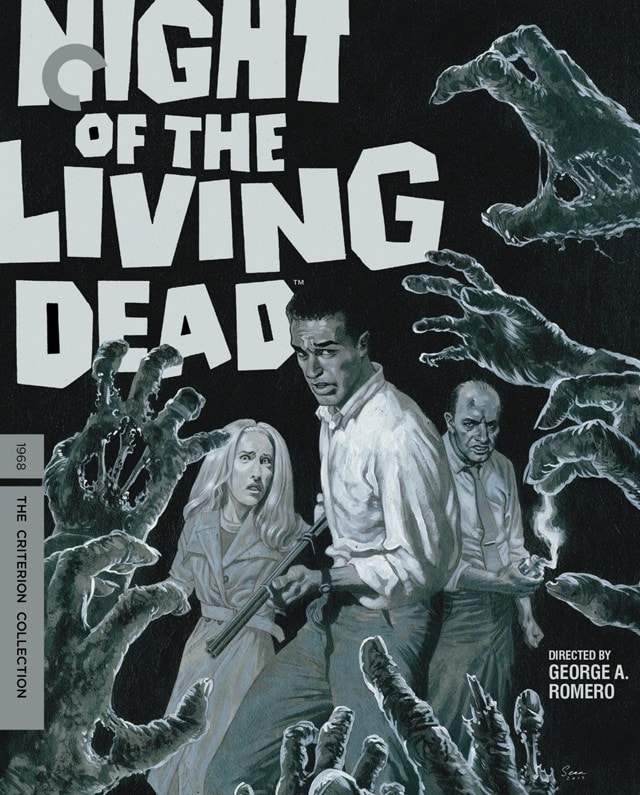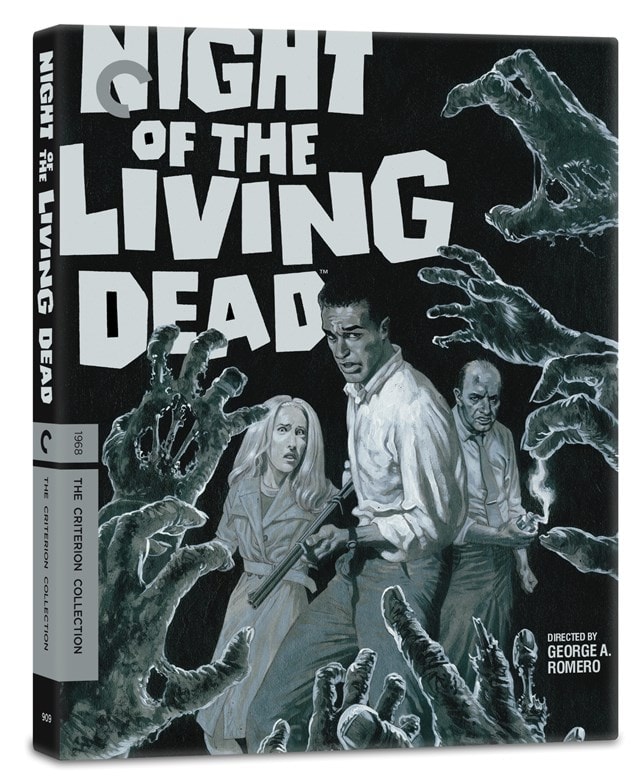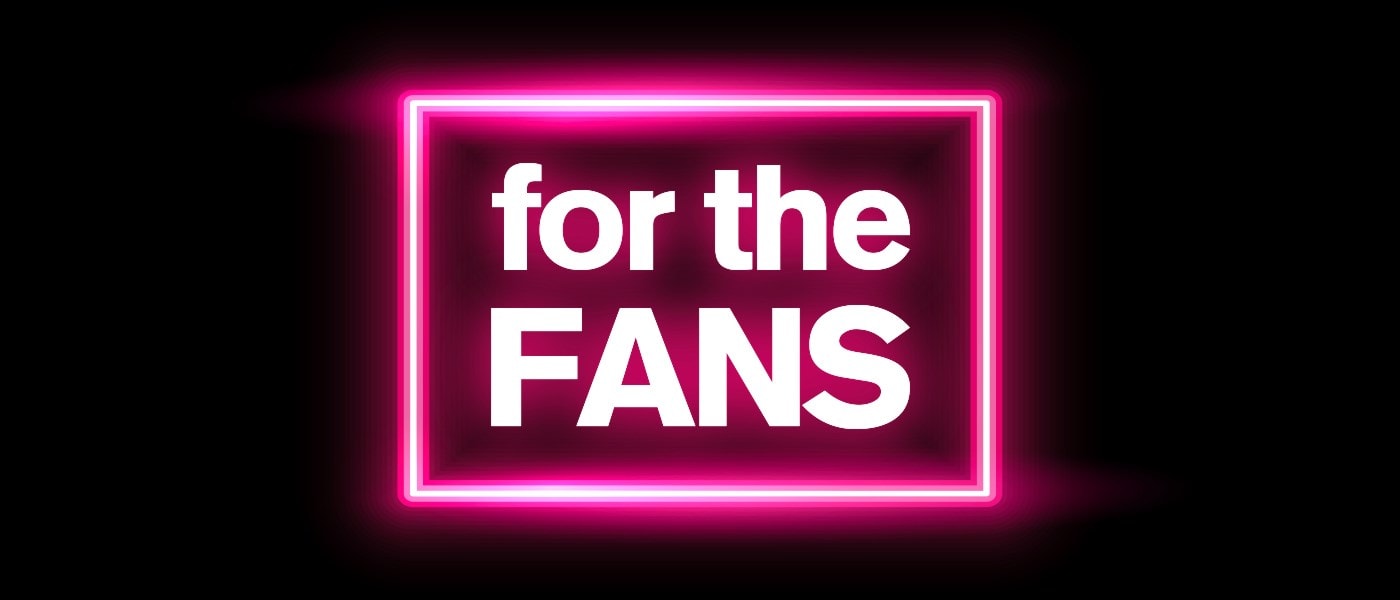Released: 7th October 2024. Shot outside Pittsburgh on a shoestring budget, by a band of filmmakers determined to make their mark, Night of the Living Dead, directed by horror master George A. Romero, is a great story of independent cinema: a midnight hit turned box-office smash that became one of the most influential films of all time. A deceptively simple tale of a group of strangers trapped in a farmhouse who find themselves fending off a horde of recently dead, flesh-eating ghouls, Romero’s claustrophobic vision of a late-1960s America literally tearing itself apart rewrote the rules of the horror genre, combining gruesome gore with acute social commentary and quietly breaking ground by casting a Black actor (Duane Jones) in its lead role.
Night of the Living Dead was restored by the Museum of Modern Art and The Film Foundation, with funding provided by the George Lucas Family Foundation and the Celeste Bartos Preservation Fund.
4K UHD + BLU-RAY SPECIAL EDITION FEATURES
New 4K digital restoration, supervised by director George A. Romero, co-screenwriter John A. Russo, sound engineer Gary R. Streiner, and producer Russell W. Streiner
New restoration of the monaural soundtrack, supervised by Romero and Gary Streiner and presented uncompressed
One 4K UHD disc of the film and two Blu-rays with the film and special features
Night of Anubis, a work-print edit of the film
Program featuring filmmakers Frank Darabont, Guillermo del Toro, and Robert Rodriguez
Sixteen-millimetre dailies reel
Programme featuring Russo on the commercial and industrial film production company where key Night of the Living Dead participants got their starts
Two audio commentaries from 1994 featuring Romero, Russo, producer Karl Hardman, actor Judith O’Dea, and others
Archival interviews with Romero and actors Duane Jones and Judith Ridley
Programs about the film’s style and score
Interview program about the direction of ghouls, featuring members of the cast and crew
Interviews with Gary Streiner and Russell Streiner
Newsreels from 1967
Trailer, radio spots, and TV spots
PLUS: An essay by critic Stuart Klawans
Illustration by Sean Phillips


